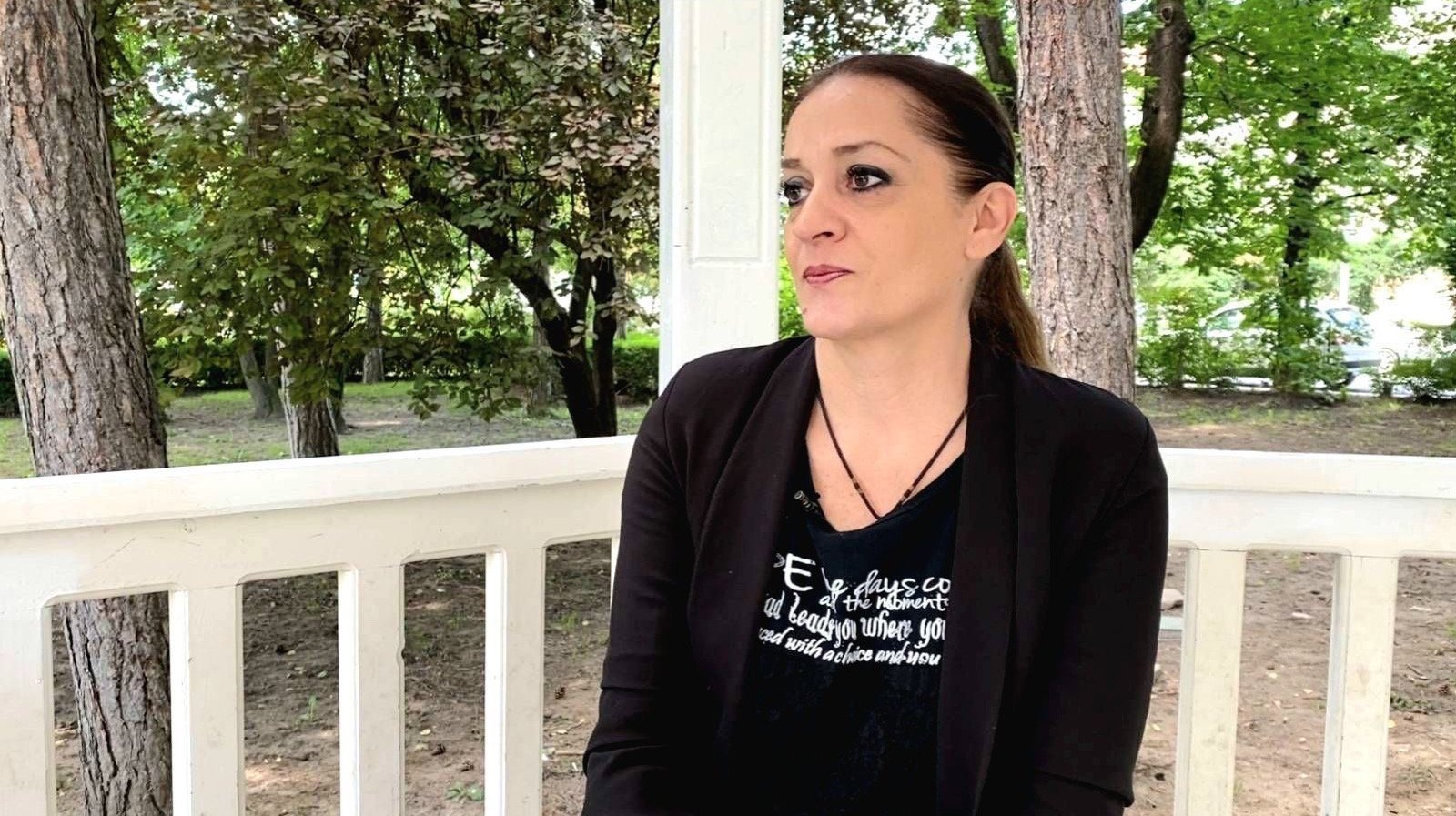Written by: Aleksandra Bosnić Đurić
The casual indifference of bystanders, as described in testimonies during the protracted trials of war criminals, was often the most painful burden survivors had to bear. Even outside the extreme conditions of war, what wounds survivors of authoritarian and totalitarian regimes most deeply is the apathetic absence of empathy, from former friends, colleagues, and even extended family.
Zinaida Gippius captured this unsettling experience, what she saw as a betrayal of our shared humanity, in her St. Petersburg Diary. She recalled how people would “look away,” deliberately avoiding the eyes of those being persecuted. For her, neither hunger nor the brutal Petersburg winters compared to that fleeting, averted glance, the refusal to acknowledge another’s suffering with a simple, honest look.
As social theory tells us, this kind of emotional numbing is not a byproduct of tyranny; it is its design. When both humanity and the memory of it are extinguished, people can be subjected to whatever the twisted imagination of a tyrant demands.
To gradually extinguish a society’s sense of humanity, regimes present a supposedly greater cause, an idealized collective goal. This could be preserving the “organic unity” of a nation, defending an “indivisible” territory, or serving some other untouchable public interest, to which all dissent and individuality must be sacrificed. Personal sensitivity is then dissolved into the emotionality of the masses, creating the illusion of a shared, righteous consensus.
This strategy, of molding a mass of emotionally conditioned, like-minded individuals, is a recurring feature of political life in the Western Balkans. Since 2020, it has found explicit form in the narrative of the so-called “Serb World”: a construct that not only denies crimes committed in the name of national unity and “salvation,” but also represses anyone who fails to conform, morally or politically. It breeds a specific kind of apathy among large numbers of citizens who appear politically neutral but are, in effect, disengaged. Instead of a mobilized, critical public, we are left with a critical mass of indifferent observers, people whose detachment makes real civic change an uphill battle.
A citizen who chooses to be an indifferent bystander effectively relinquishes both the right and the ability to shape society. In doing so, they become complicit, however passively, in the workings of a repressive regime. This sinister cycle, from ignoring the early signs of violence to the violence itself, and finally to its denial, echoes disturbingly with the events of the late 20th century.
Primo Levi once wrote that one of the German people’s greatest collective failures was their unwillingness to speak the truth about the camps. That silence, he argued, was the clearest proof of the cowardice bred under Hitler’s reign of terror. “Fear, greed, willful blindness, and stupidity, sometimes fanatical Nazi obedience, choked off all suspicion,” he observed. For Levi, every act of testimony is a confrontation with fascism, an act of resistance against the machinery of denial that seeks to erase memory. “The entire history of the Reich,” he wrote, “can be read as a struggle against memory: falsification, denial, and eventually, total escape from reality.” The deliberate blurring of the line between victim and perpetrator becomes a “moral illness”, a chilling hallmark of complicity.
Last week in Kamičani near Prijedor, a Day of Remembrance was held for the victims of war crimes committed in the Prijedor region and the Sana Valley. It all began on May 31, 1992, when the Prijedor Crisis Headquarters ordered all non-Serb households to mark their homes with white cloths. Bosniaks and Croats were forced to wear white armbands in public. What followed was the systematic and planned killing of approximately 3,200 civilians in Prijedor. Many remain missing, their bodies hidden in mass graves scattered across Bosnia and Herzegovina, Croatia, and Serbia. Among the dead were 102 children.
This July, the remains of seven more victims were buried. They were found in Kozaruša, Donja Dragotina, Pašinac, and Volarić. Among them was Mirsad Zečić, whose remains were discovered last year in a mass grave in Donja Dragotina. His sister Anita told DW: “The worst part was learning later that he had been buried alive. They broke his ribs first and then buried him with his hands tied. He was only 24. After 33 years, we’re finally bringing him home.” In and around Prijedor, the identities of around 500 victims are still unknown.
Stories like these are vital in resisting the de-subjectification, the erasure, of victims from our collective memory. Mass graves and the ritualistic labeling of “the other” are attempts to erase not just lives but the very identities of those killed. Once stripped of name and narrative, they are no longer people-like-us. This makes it easier for perpetrators and for those who merely looked away to silence their conscience.
To name the victims and recognize them as individuals is to pierce the armor of indifference. It shatters the illusion that these crimes were abstract, unknowable, or beyond comprehension.
And this is not just about reckoning with the past. Every act of denial or indifference today stretches the potential for future crimes further into tomorrow.








Komentari (0)
POŠALJI KOMENTAR